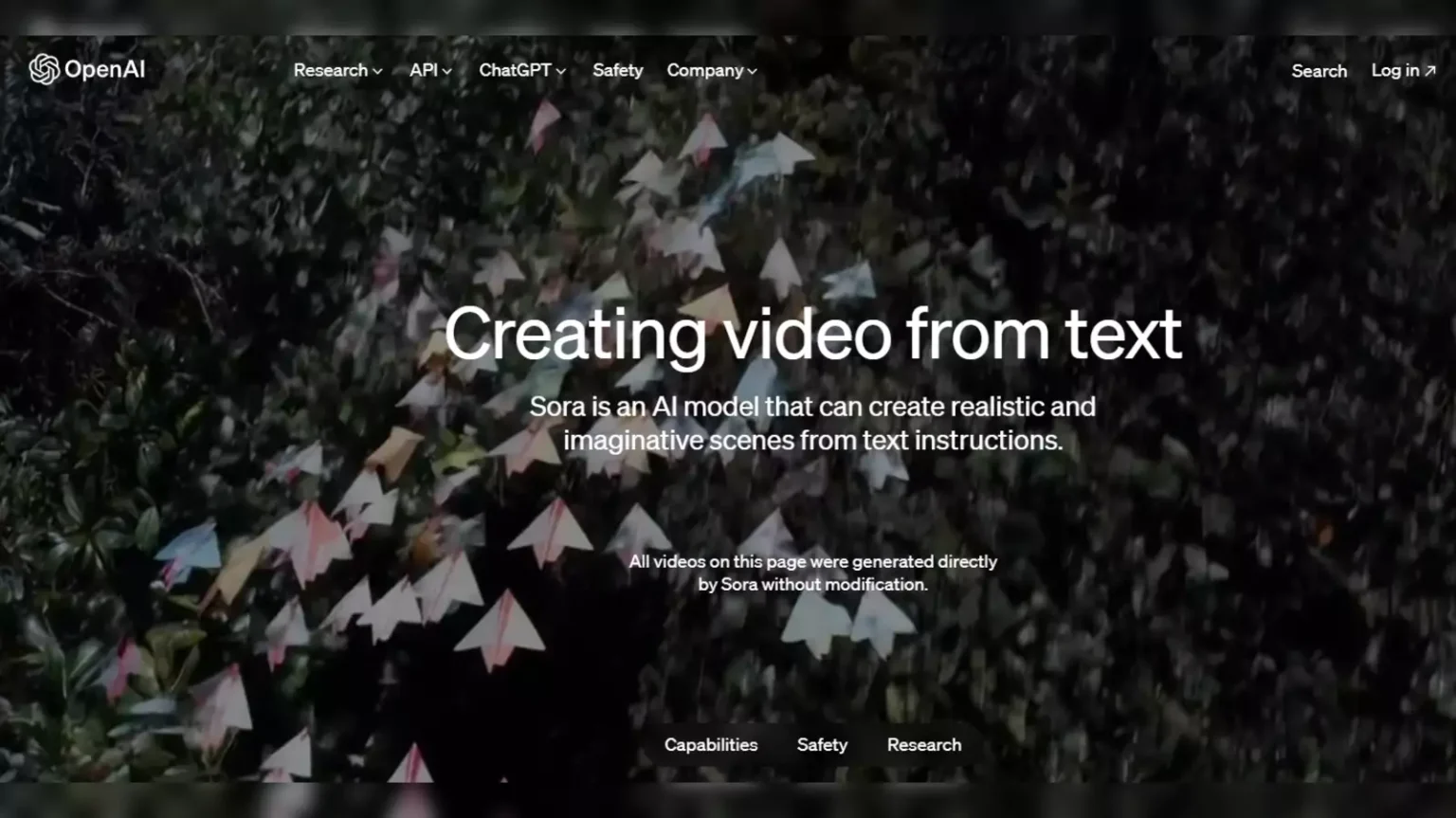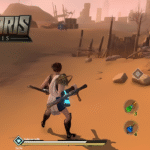The world of artificial intelligence has been buzzing with breakthroughs, but OpenAI’s latest revelation might just eclipse them all. Introducing Sora, the company’s cutting-edge AI tool that transforms simple text descriptions into remarkably realistic videos. This unveiling has caused considerable ripples throughout the film industry, raising possibilities for incredible efficiencies as well as deep concerns about the potential for misuse.
Sora’s Capabilities: Beyond Still Images

While AI-powered image generators like DALL-E have already impressed audiences, Sora raises the bar significantly. With just a handful of written lines, this new model produces compelling one-minute-long video clips that are stunning in their lifelike quality. OpenAI, always cautious, has opened Sora solely to a select group of researchers and creators for initial testing. The broader release, when it happens, could completely change the way videos are produced.
Potential for Disruption Across Industries
Sora joins OpenAI’s suite of revolutionary AI tools that includes the renowned ChatGPT and DALL-E. Each has sparked both excitement and fear across their respective fields. Sora will likely cause a similar stir in the film industry, potentially streamlining video production for anything from marketing and advertising to educational content and independent filmmaking. Yet, the ease with which such realistic content can be generated also raises questions about job displacement for video creators and editors.


How Sora Achieves Its Realism
According to Dr. Jim Fan, Senior Research Director at Nvidia, Sora stands out in its data-driven, and less purely creative, approach. Sora is trained on a massive dataset of images and videos, enabling it to grasp not just the appearance of objects, but how they behave and interact in the physical world. This translates to videos with realistic motions, believable character interactions, and a heightened level of visual accuracy.
Versatility and Potential Applications
OpenAI touts Sora’s flexibility. In addition to generating clips from pure text, it can be directed by existing images. Imagine feeding Sora a still photo and transforming it into a moving scene! Moreover, the model can seamlessly fill in missing frames within videos or even extend clips to longer durations. Its applications in historical recreations, short films, and even video special effects are immense.
Challenges and the Problem of Deepfakes
OpenAI is well aware of the challenges Sora presents. Misunderstanding complex causality and spatial relationships are admitted shortcomings. While Sora’s videos are incredibly convincing, keen observers may still spot glitches or awkward movements. Yet, Sora’s biggest issue rests in its potential misuse. Deepfakes, already a threat to trust and truthfulness, will become far easier to create and even harder to detect. OpenAI vows to develop detection tools and filters for harmful content, but ultimately, as history has shown, technological workarounds tend to emerge quickly.

The Future is (Artificially) Bright
Despite the very real concerns surrounding Sora, its implications for creative industries are undeniable. This level of AI-powered video generation marks a watershed moment in technology. Just as the film industry adapted to innovations like CGI, it will inevitably adjust to this even more disruptive breakthrough. However, the ethical landscape and questions around authenticity are sure to become significant topics of discussion and debate as Sora, and models like it, become more sophisticated and readily available.
See more information of AI in here.













